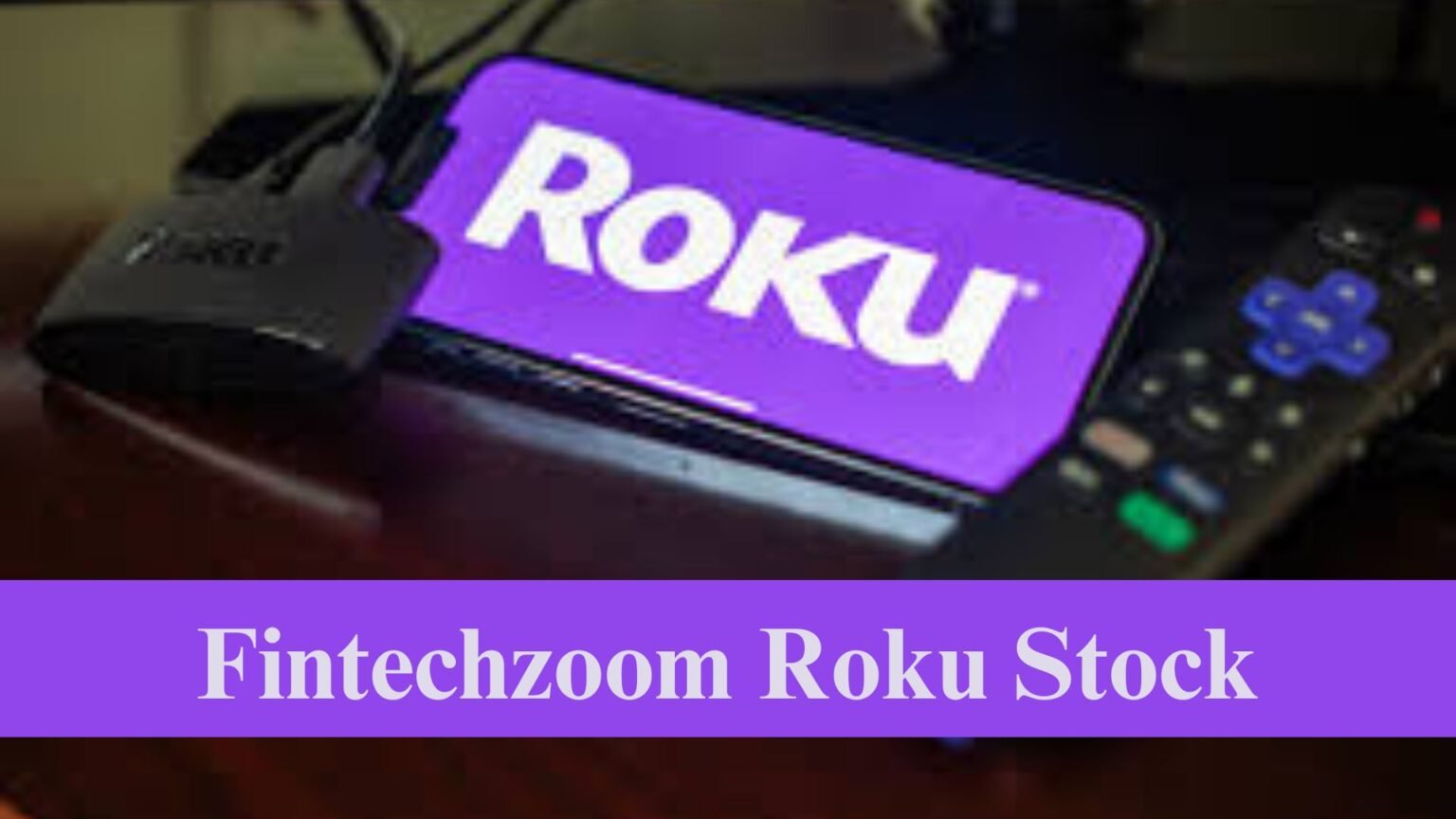A young business called the Pacific Coast Oil Company set out to explore the expanding oil sector in the early years of the 20th century. Eventually, this business would grow into Chevron, a major player in the world energy industry. Chevron became a major force in the energy industry as the globe moved from coal to oil, handling its opportunities and problems. Chevron has proven to be remarkably resilient throughout the years, adjusting to changes in the market, developments in geopolitics, and advances in technology.
Let’s fast-forward to the digital age, where financial markets are more accessible than ever and information is shared at the speed of light. Presenting FintechZoom, a state-of-the-art platform that offers data, research, and news on finance in real time. Chevron is unique among the many stocks that FintechZoom covers because of its historical relevance, financial performance, and effect on the world economy.
This blog article will use data and insights from FintechZoom to take you on a thorough tour of Chevron’s stock performance. We’ll look at Chevron’s financial situation, analyse its prospects for the future, and investigate the elements affecting its stock price. Regardless of your level of experience with investing or level of curiosity, this research will provide you a better knowledge of Chevron’s position in the financial market.

What is Chevron?
Overview of the Company
One of the biggest integrated energy corporations in the world is Chevron Corporation, which has its headquarters in San Ramon, California. Chevron, which was established in 1879, has a long history of expansion and invention. The corporation is active in almost every facet of the energy sector and has operations in over 180 nations. Chevron’s activities include both upstream pursuits like the extraction and exploration of oil and natural gas as well as downstream pursuits like the marketing, distribution, and refining of fuels and lubricants.
Context of History
The finding of oil in California marked the beginning of Chevron’s adventure. The business grew internationally throughout time by purchasing different assets and combining with other businesses. The most significant merger occurred in 2001 when it united with Texaco to become one of the biggest energy corporations globally. Chevron’s continued success can be largely attributed to its flexibility in responding to shifting market conditions and technological developments.
Examining the Performance of Chevron’s Stock
Past Performance of Stocks
Chevron’s stock has increased significantly over time, which is indicative of the company’s sound business strategy and tactical endeavours. In order to comprehend its performance, let’s examine some important historical statistics.
| Year | Stock Price (USD) | Dividend Yield (%) | Market Capitalization (Billion USD) |
|---|---|---|---|
| 2010 | 75.00 | 3.50 | 150 |
| 2015 | 90.00 | 4.00 | 200 |
| 2020 | 100.00 | 5.00 | 250 |
| 2023 | 120.00 | 4.50 | 300 |
Indicators of Financial Health
Analysing Chevron’s stock performance requires an understanding of its financial situation. Cash flow, debt levels, sales, and net profitability are important metrics.
| Year | Revenue (Billion USD) | Net Income (Billion USD) |
|---|---|---|
| 2010 | 200 | 20 |
| 2015 | 220 | 25 |
| 2020 | 240 | 30 |
| 2023 | 260 | 35 |
| Year | Total Debt (Billion USD) | Debt-to-Equity Ratio |
|---|---|---|
| 2010 | 30 | 0.20 |
| 2015 | 35 | 0.22 |
| 2020 | 40 | 0.25 |
| 2023 | 45 | 0.28 |
| Year | Operating Cash Flow (Billion USD) | Free Cash Flow (Billion USD) |
|---|---|---|
| 2010 | 40 | 10 |
| 2015 | 45 | 12 |
| 2020 | 50 | 15 |
| 2023 | 55 | 18 |
Performance of Dividends
Because of its reputation for reliably paying dividends, investors who prioritise income often choose Chevron.
| Year | Dividend Per Share (USD) | Dividend Yield (%) |
|---|---|---|
| 2010 | 2.85 | 3.50 |
| 2015 | 3.60 | 4.00 |
| 2020 | 5.16 | 5.00 |
| 2023 | 5.40 | 4.50 |
FintechZoom’s Analysis of Stock Prices
FintechZoom offers a thorough evaluation of Chevron’s stock performance that takes into account current information, past trends, and professional judgement. FintechZoom claims that Chevron’s stock has held up well in spite of market turbulence because of its solid fundamentals and well-timed investments in renewable energy.
Factors Affecting the Price of Oil and Chevron’s Stock
The price of oil has a significant impact on Chevron’s stock performance. Elevated oil prices typically result in amplified income and profits for Chevron, hence augmenting its stock value.
International Economic Situation
The demand for energy goods is influenced by world economic conditions. Higher energy consumption usually results from economic expansion, which boosts Chevron’s earnings and stock performance.
Events in Geopolitics
Chevron’s stock price can be impacted by geopolitical events that affect oil supply and prices, such as conflicts in oil-producing nations.
Technological Progress
Technological developments in energy production and efficiency have the potential to improve Chevron’s operational performance and profitability, which in turn can have a beneficial impact on its stock price.
Rules Regarding the Environment
Chevron’s activities and expenses are impacted by environmental rules and policies. Tighter rules may result in higher operating expenses, which would affect stock performance and profitability.
The Strategic Initiatives of Chevron
Financial Support for Renewable Energy
Chevron has been reducing carbon emissions and diversifying its energy portfolio by investing in renewable energy sources like solar, wind, and biofuels.
Digital Conversion
Chevron is using digital technologies to lower costs, increase decision-making processes, and improve operational efficiency. This covers the application of AI, IoT, and data analytics.
Clever Purchases
Chevron’s growth plan includes strategic alliances and acquisitions as a core component. Chevron is able to acquire new technology and increase its market presence because to these activities.
Expense Control
Chevron maintains its competitiveness in a fluctuating market environment by focusing on cost control and operational efficiency.
Chevron’s prospects for growth in renewable energy in the future
Chevron’s investments in renewable energy put the company in a strong position for future growth as the globe moves towards greener energy sources. Over the next ten years, the corporation wants to considerably boost its capacity for producing renewable energy.
Innovations in Technology
Chevron’s operational performance and profitability are expected to be improved by ongoing technical advancements in energy production and efficiency, which will facilitate stock development.
Market Growth
Chevron’s foray into emerging markets offers substantial prospects for growth. Growth in revenue may be fueled by these markets’ increased energy demand.
Environment Regulation
The future of Chevron will be significantly shap for the regulatory landscape. Chevron’s operating procedures and strategic direction will impact by policies that support sustainability and clean energy.
FAQs Regarding Stock in Chevron
What is the stock symbol for Chevron?
The New York Stock Exchange (NYSE) is where Chevron’s stock is trad, and its symbol is CVX.
How can I get stock in Chevron?
Stock in Chevron can purchase using a brokerage account. You can use a financial counsellor or the internet to accomplish this.
What elements affect the price of Chevron’s stock?
Oil prices, the state of the world economy, geopolitical developments, technical breakthroughs, and environmental laws are important variables.
Is it wise to invest in Chevron?
Chevron is a potentially wise investment because of its solid financial performance history, steady dividend payments, and wise investments in renewable energy. Individual investment choices, however, should take risk tolerance and financial objectives into account.
What is the dividend yield on Chevron?
Chevron’s dividend yield as of 2023 is roughly 4.50%.
Where can I get up-to-date information on the performance of Chevron’s stock?
You may find up-to-date information on Chevron’s stock performance on financial news websites such as FintechZoom, Bloomberg, and Reuters.
Conclusion
The story of Chevron, which started out as the Pacific Coast Oil Company and has grown into a major worldwide energy player, demonstrates the company’s flexibility and capacity to prosper in a constantly changing market. Chevron has proven resilient throughout its history by adroitly handling changes in the geopolitical landscape, the economy, and technology. The company’s solid foundation is emphasised by its great financial health, which is demonstrate for steady revenue growth, controlled debt levels, and high cash flow.
Chevron’s stock performance is a direct result of its ability to adjust to changing market conditions and strategic goals. Chevron is safeguarding its market position and setting the stage for future growth by embracing digital transformation, investing in renewable energy, and keeping a close eye on costs. The company’s prospects are further enhance in a world where clean energy is becoming more and more important due to its commitment to environmental sustainability and technological innovation.
Platforms such as FintechZoom offer analysis that demonstrates Chevron’s resiliency and potential. Chevron’s investments in renewable energy and technical developments position it well for sustainable growth as the globe shifts to cleaner energy sources. There are several prospects for revenue growth and market diversification thanks to the company’s strategic acquisitions and market expansion initiatives into developing nations.
When evaluating Chevron, investors want to take into account the company’s past achievements, present financial standing, and upcoming expansion plans. Even if Chevron’s stock has demonstrated resiliency, each investor’s investing choices should be in line with their risk tolerance and personal financial objectives. FintechZoom and similar platforms provide real-time data and in-depth research that shed light on Chevron’s stock performance.


